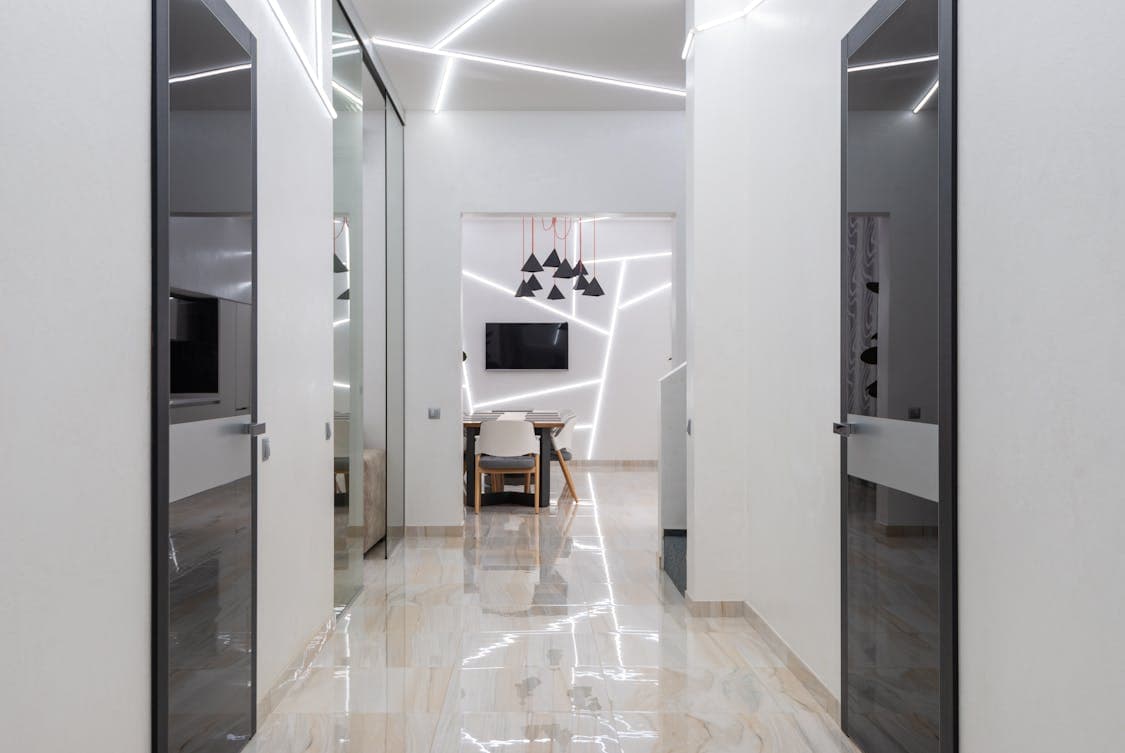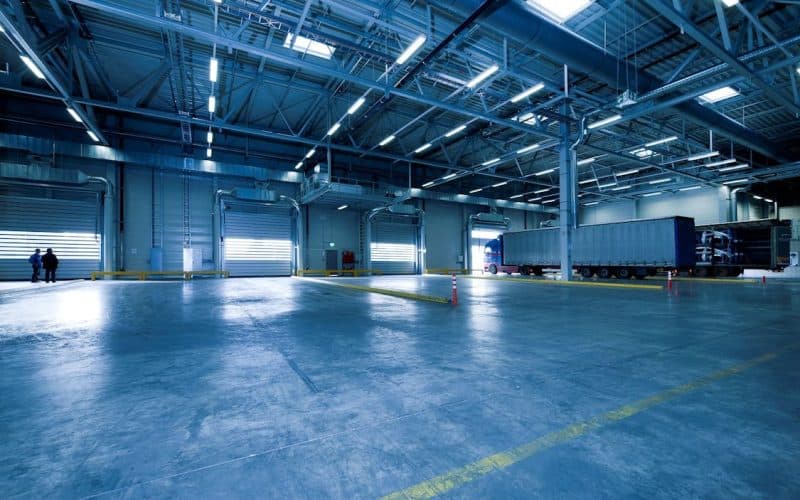When it comes to enhancing and protecting concrete surfaces, both epoxy and concrete paint frequently come up in conversation. Homeowners and contractors alike often have a tough time picking between these two options.
Let’s break down what each product brings to the table, looking at their unique characteristics, applications, and performance.
What is Epoxy?
Epoxy is a type of resin known for its durability and strong adhesion. It consists of two components: a resin and a hardener, which, when mixed together, create a robust chemical bond. This bond makes epoxy ideal for high-traffic areas, such as garages and industrial floors.
Characteristics of Epoxy
One of the standout features of epoxy is its resistance to chemicals, stains, and moisture. This makes it an excellent choice for spaces that are often exposed to spills or harsh conditions.
Its glossy finish not only offers aesthetic appeal but also contributes to its protective qualities, making surfaces easier to clean.
Another key characteristic is the longevity of epoxy. A well-applied epoxy coating can last for years, often outpacing traditional concrete paint in terms of durability. It effectively seals the concrete, preventing damage from moisture and contaminants.
What is Concrete Paint?
Concrete paint, on the other hand, is formulated specifically for coating concrete surfaces. It comes in various types, including latex-based and specialized oil-based options. While concrete paint may not match the strength of epoxy, it serves its purpose well in many applications.
Characteristics of Concrete Paint
Concrete paint is often easier to apply than epoxy. It can be rolled or brushed on, making it accessible for DIY projects. It typically has a lower cost compared to epoxy, which can be an appealing factor for budget-conscious homeowners.
While concrete paint provides a decent level of protection against wear and tear, it does not offer the same level of chemical resistance as epoxy. Over time, it may chip or fade, especially in high-traffic areas or under harsh conditions.
This can lead to the need for more frequent repainting, which can add to the overall cost in the long run.
Application Methods
The application process for both products varies significantly. Epoxy requires careful preparation and mixing before application. Surfaces must be clean, dry, and often primed to achieve the best results.
The curing process can also take longer, meaning that areas coated with epoxy will have to be out of commission for a while.
Concrete paint, however, is generally more forgiving in its application. It can be used on various surfaces without the rigorous preparation that epoxy demands.
While still requiring cleaning and priming in certain cases, it allows for a quicker turnaround, making it a convenient choice for those looking to refresh their floors with minimal downtime.
Performance Comparison

When comparing performance, epoxy generally takes the lead. Its durability means it withstands heavy foot traffic and the weight of vehicles. For garages or industrial settings, this makes a significant difference in long-term maintenance.
Concrete paint, while not as durable, can still perform admirably in less demanding environments. It works well in residential settings, where foot traffic is minimal, and the conditions are more controlled.
This makes it suitable for patios, walkways, and other decorative applications where aesthetics are key.
Lifespan and Maintenance
Epoxy coatings typically outlast concrete paint by several years. While epoxy might require an initial investment in time and materials, its longevity often offsets these costs.
Regular cleaning and occasional touch-ups may be necessary, but overall, maintenance is relatively low.
Concrete paint, conversely, might need to be reapplied more frequently. This can be particularly true if it’s subjected to extreme conditions, such as heavy rain, snow, or direct sunlight.
It’s wise to keep an eye on the paint’s condition, as signs of peeling or fading may indicate the need for a refresh.
Cost Considerations
Price is often a significant factor when choosing between epoxy and concrete paint. Epoxy tends to be more expensive upfront due to the materials and careful application process required. However, its durability can lead to long-term savings.
Concrete paint is typically more budget-friendly. Its ease of application allows for DIY work, cutting labor costs. Yet, one must weigh this initial savings against the potential need for more frequent maintenance and reapplication.
Aesthetic Options
Both epoxy and concrete paint offer a range of aesthetic choices. Epoxy comes in various colors and finishes, including glossy and matte options. Some epoxy products even contain decorative chips or flakes, adding to their visual appeal.
If you’re aiming for a flawless, modern look that also boosts durability, you can transform your concrete with seamless coatings that combine style and function.
Concrete paint, too, has a plethora of colors and finishes available. It can be used to create patterns or designs, making it a favorite for those looking to enhance outdoor spaces. However, it may not provide the same depth of finish that epoxy offers.
Environmental Impact
It’s also worth mentioning the environmental aspect of these products. Many concrete paints are water-based, making them more eco-friendly compared to some epoxy products, which can release volatile organic compounds (VOCs) during application.
Choosing low-VOC alternatives can mitigate some of these concerns for both types of products.
Ideal Use Cases
Choosing between epoxy and concrete paint boils down to the specific needs of the space you’re working with. For industrial floors, garages, and areas exposed to heavy wear, epoxy is the clear winner. Its ability to resist chemicals and moisture makes it the ideal choice for high-traffic areas.
On the flip side, for residential patios, outdoor walkways, or decorative floors, concrete paint may be perfectly suitable. If the goal is aesthetic enhancement with reasonable protection, concrete paint can do the trick without breaking the bank.

